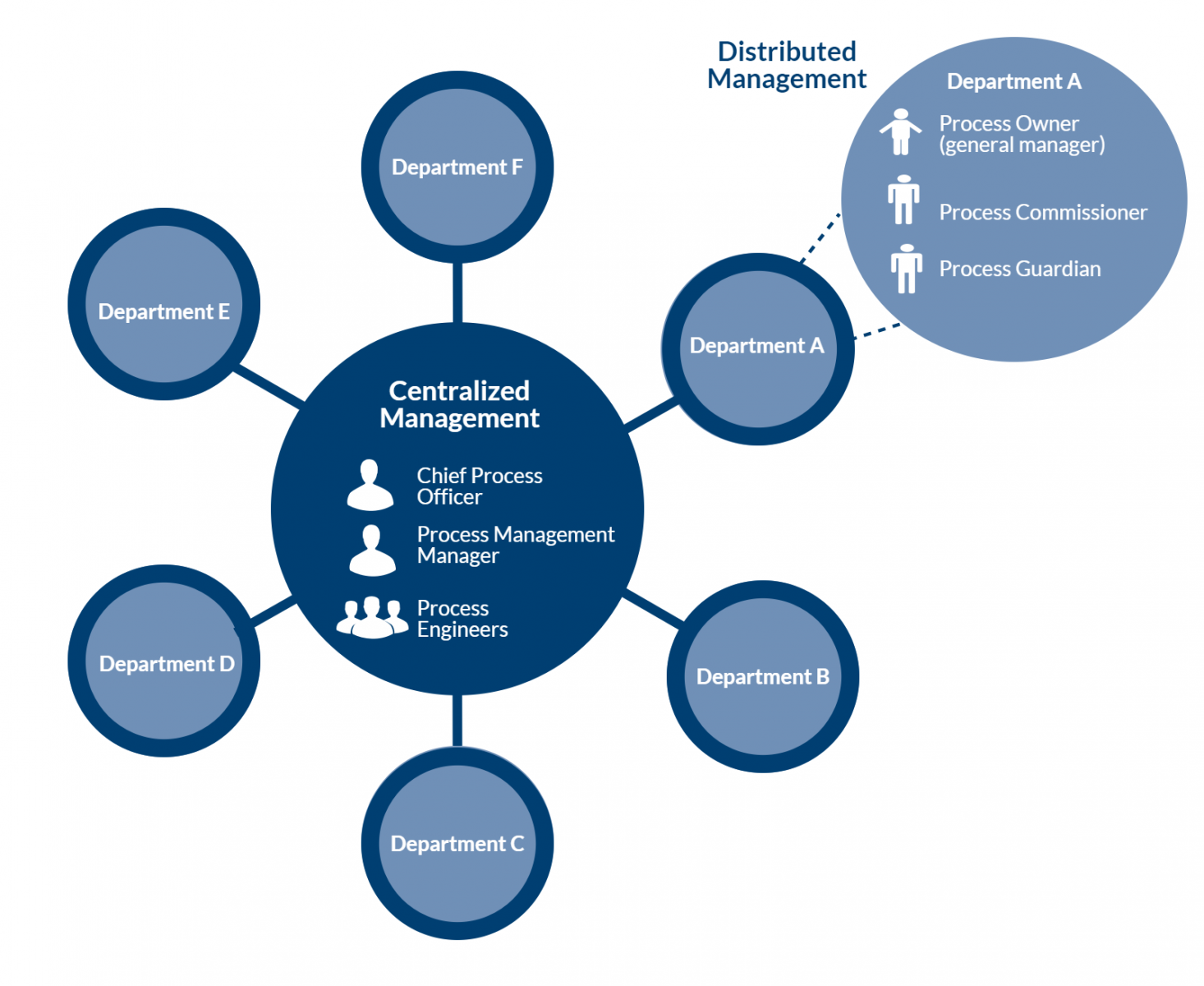I never really thought of myself as a process person. In college I was a student focused on a specific discipline’s methodologies and theories. Then I was a researcher applying those methodologies to understand best practices for functional disciplines. It wasn’t until that job, conducting best practice research for functions, that it started to dawn on me – I’m a process person at my core.
It all started with an innocent conversation with my manager who wanted to know why I had to use process steps as the framework for every single case study I wrote. Initially the question baffled me. I hadn’t done it intentionally and why did it happen over and over again?
Finally I responded with “well, to really understand and teach how something works it needs to be broken down into its component parts and then conveyed in a simple, easy-to-follow manner.” In other words, a process.
We then talked through some case studies including one on scenario planning, which is a tool for strategy development. Although it’s a tool, it’s also a process that includes:
- collecting inputs (e.g., social and market trends, political or regulatory changes, and financial or operational performance data),
- drafting scenario situations,
- disseminating the scenarios to the participants,
- facilitating a discussion on the various scenarios,
- pinpointing the scenarios’ implications, and
- ultimately coming up with outputs (e.g., scenario triggers and mitigation or action plans).
He exasperatedly conceded defeat at that point. Score one for process thinking!
Like I said, I never really thought of myself as a process person until that conversation, but if you think about it that’s not really odd. We have historically organized, educated, certified, and defined our roles through functions. Functional thinking provides specialized competency, it’s easy to recognize and connect with others who share the same function, and performance measurement is relatively easy. But there are limitations to functional thinking. Primarily, it doesn’t include the complete value chain which:
- makes it easy to lose sight of the impact on the customer,
- increases the difficulty of implementing or improving processes, and
- results in siloes and the blame game when things go wrong.
So what’s the solution? Should all organizations throw out their functional thinking and start the long journey to convert to a process-based organization?
The simple answer is no. Instead, there is a whole spectrum of process and functional gradients and organizations have to pick the one that is right for them.

FUNCTION VS. PROCESS
Organizations do not have to go from one extreme of thinking to another. Functional‐based, process‐thinking, process‐focused, and process‐based organizations are key concepts that help organizations define where they are on that process/function spectrum. Some aspects of the business can be functional-based while the organization is generally process-oriented. To understand where your organization fits or would like to go, here are some brief definitions along the spectrum:
Functional‐based organizations are hierarchical in practice and manage people who are performing vertical process activities. Functional organizations often find it difficult to respond to rapidly changing markets and customer needs.
Process‐thinking organizations conceptualize groups of activities as processes and seek to understand how all of the processes in the organization work together to take inputs and produce products, services, and profits. Process thinking leads to the development of definitions and documentation of processes but does not integrate people and the business.
Process‐focused organizations integrate design and manage end‐to‐end, customer‐driven processes that are tied to functional activities and goals. The focus shifts from hierarchical to horizontal management. Process‐focused organizations take action to integrate process thinking with the organizational structures (functions), business objectives, and people already in place.
Process‐based organizations reorganize and manage completely around processes with an end‐to‐end focus on work flow that creates value for the customer. Functional activities are embedded in the processes and a senior executive is responsible for the inter‐enterprise process. Process‐based enterprises organize work starting at the customer interface and ending at final service or product delivery. An example of this is the “procure-to-pay” process. This process begins with a customer request for a product/service and ends with the final invoicing of the customer. This involves a complete integration of finance, sales, and supply chain.
For further information on how some organizations have shifted from a functional-based to process-thinking or process-focused organization, check out some of the following case studies:
Next time I’ll talk about the second conversation with my manager about why so many functions were tagged to each case study or, as I like to call it, the push for end-to-end processes.
For more process and performance management research and insights follow me on twitter at @hlykehogland or connect with me on LinkedIn.